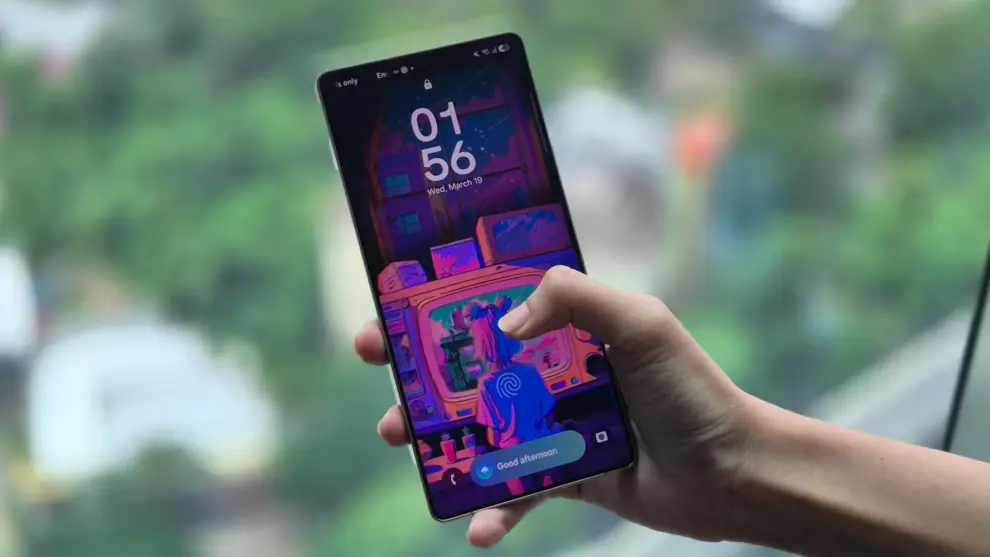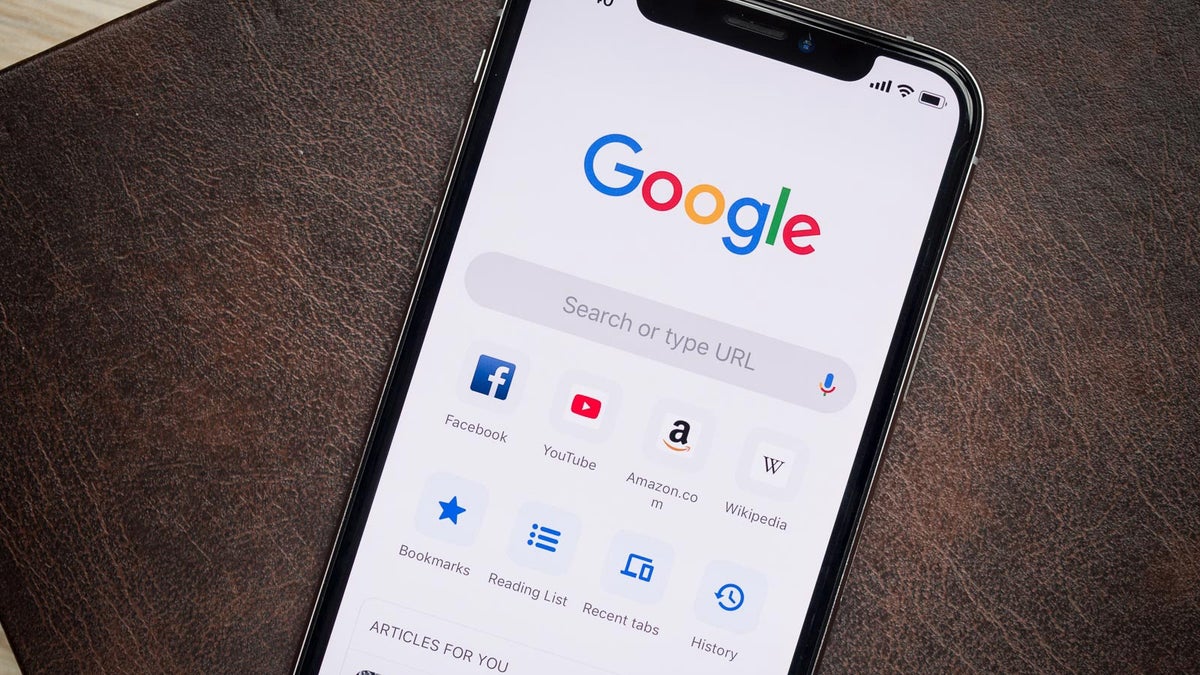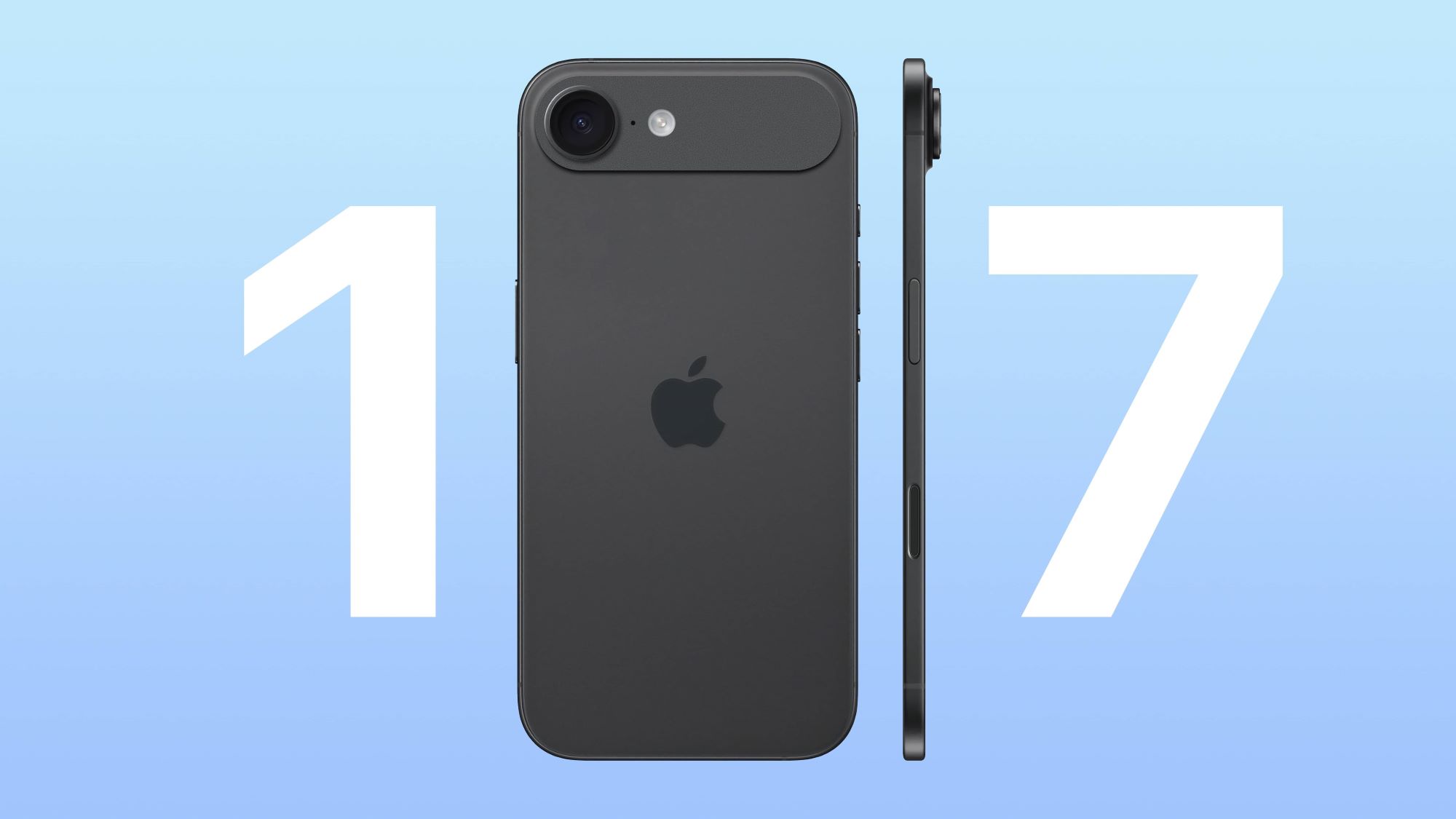Galaxy users around the world can breathe a sigh of relief. Samsung is back on track, pushing out its highly anticipated One UI 7 update after a critical bug forced a temporary halt, leaving many waiting and some early adopters frustrated. The pause in the rollout, which began earlier this month, stemmed from reports of a frustrating issue that prevented some users, particularly those with the latest Galaxy S24 models in South Korea, from unlocking their phones after installing the software.
For days, confusion and concern spread across online forums and tech communities. Users who had managed to grab the update before the pause shared experiences of lock screen glitches and unresponsiveness, highlighting the unpredictable nature of software rollouts, even from a giant like Samsung. The company quickly acknowledged the problem, pulling the update from servers globally to prevent more users from encountering the significant hurdle. This swift action, while disruptive, showed Samsung’s commitment to addressing serious issues promptly, prioritizing user experience and device stability over maintaining a rigid release schedule.
Now, roughly a week after hitting the brakes, Samsung has confirmed it resumed the distribution of the Android 15-based One UI 7. The updated firmware, presumably carrying a fix for the disruptive unlock bug, is once again making its way to eligible devices. This restart signals that Samsung developers isolated and resolved the issue, clearing the path for the wider deployment of the significant software upgrade.
The initial One UI 7 rollout kicked off in early April 2025, beginning, as is often the case, in Samsung’s home market of South Korea around April 7th. Flagship devices like the Galaxy S24 series, the cutting-edge Galaxy Z Fold 6, and the stylish Galaxy Z Flip 6 were among the first slated to receive the update. Deployment then started expanding to other key regions, including parts of Europe, the United States, and India, in the days that followed. Excitement built as users looked forward to the host of new features and improvements One UI 7 promised.
This excitement hit a wall when reports of the lock screen bug surfaced. The issue wasn’t just a minor visual glitch; it struck at the core functionality of a smartphone – the ability to simply unlock and use the device. For affected Galaxy S24 users, the experience was jarring and inconvenient, effectively turning their advanced smartphones into expensive paperweights until a solution arrived. Samsung’s decision to halt the rollout entirely, rather than just for the affected models or regions, demonstrated the severity of the potential impact and a cautious approach to prevent a wider crisis.
The resumption of the rollout, confirmed around April 22nd and 23rd, brings renewed hope for those eager to experience One UI 7. Reports indicate that the update is once again becoming available for the devices that were part of the initial wave, including the Galaxy S24, S24+, S24 Ultra, Galaxy Z Fold 6, and Galaxy Z Flip 6, across various regions. Furthermore, the rollout is also starting to expand to other high-end devices that were next in line, such as the Galaxy S23 series, the Galaxy Tab S10 series, and the Galaxy S9 series in markets like India and beyond.
So, what exactly is in One UI 7 that has users so eager to install it? Based on Google’s latest Android 15 operating system, One UI 7 represents a major evolutionary step for Samsung’s mobile experience. It introduces a redesigned interface with a fresh look and feel. A notable change is the revamped Quick Panel, now split into distinct sections for quick settings and notifications, making it faster to access controls like Wi-Fi, Bluetooth, and brightness sliders, which also gets a new look and placement.
AI features, already a significant focus for Samsung with the introduction of Galaxy AI, are further integrated and enhanced in One UI 7. While specific new AI capabilities might vary by device, the update builds upon existing features like intelligent photo editing suggestions, writing assistance, and live translation, making them more seamless and intuitive within the operating system. Samsung aims to embed AI deeper into daily phone usage, transforming how users interact with their devices.
Beyond the AI push, One UI 7 brings several practical improvements. Smoother animations and transitions across the interface contribute to a more fluid user experience. There are enhancements to the camera app, aiming for easier one-handed operation and potentially new shooting modes or editing tools. Widgets receive a fresh design and offer more customization options for both the home and lock screens. The lock screen itself gains a new feature called the “Now Bar,” designed to display live updates from various apps – think ongoing media playback, timers, or even fitness tracking information – without needing to fully unlock the device.
Battery management also sees attention in One UI 7. Alongside a refreshed battery icon in the status bar and new charging animations, the update introduces enhanced battery health protection features, giving users more control and insight into their device’s battery longevity.
While the rollout has resumed, the temporary delay caused by the bug has understandably impacted the overall deployment schedule. Initial roadmaps suggesting updates for certain older flagship and mid-range devices in April might now see adjustments. Recent reports indicate that the rollout for some models, including older flagships like the Galaxy S23 series and some A-series phones, might be pushed back into May or even June/July 2025 in some regions as Samsung carefully manages the expanded release and ensures stability following the bug fix.
For Galaxy users wondering when they might receive the update, the process remains the same. You can manually check for the update by navigating to your device’s “Settings,” then selecting “Software Update,” and finally tapping on “Download and Install.” Keep in mind that software rollouts happen in phases, and availability can vary based on device model, region, and carrier. Patience is key, but with the rollout officially back on, the wait for One UI 7 is hopefully nearing its end for many.
The incident with the lock screen bug serves as a reminder that even with extensive testing, unforeseen issues can arise in complex software updates. Samsung’s response – pausing the rollout, fixing the bug, and then resuming distribution – aligns with best practices in managing such situations. While frustrating for those initially affected or delayed, it ultimately aims to provide a more stable and reliable experience for the vast majority of users. As One UI 7 spreads across the Galaxy ecosystem, users can look forward to a more intelligent, refined, and potentially frustrating-bug-free mobile experience.




